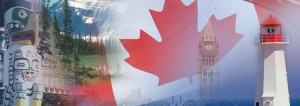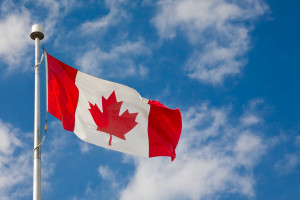 Canada and the United States have a unique relationship. They certainly maintain boundaries toward one another, but their cultures are remarkably similar. In fact, it is rare to find two countries that are so similar in nature, even directly across borders. Canada and the United States share many social, artistic and education related values, giving them closely matched cultural values. A closer inspection of the two countries reveals their differences, but on a surface level, the number of values the share is great.
Canada and the United States have a unique relationship. They certainly maintain boundaries toward one another, but their cultures are remarkably similar. In fact, it is rare to find two countries that are so similar in nature, even directly across borders. Canada and the United States share many social, artistic and education related values, giving them closely matched cultural values. A closer inspection of the two countries reveals their differences, but on a surface level, the number of values the share is great.
The social values of the United States are very individualistic. There are pockets of collectivist thinking, for example in the south along the gulf coast, but on the whole, people who live in the United States are taught to look out for themselves primarily and others secondarily. This has origins in many factors, including the capitalist market of the United States. Canada’s social sensibilities are much more of a blend between individualistic and collectivist. Canada has many socialized systems set in place, such as the healthcare system, which trains its citizens to be accountable to one another to a far greater degree than in the United States.
The arts are very similar between Canada and the United States, but are still unique. Both Canada and the United States have very vibrant music scenes that are frequently indistinguishable from one another. Canada produces more rock while the United States is more heavily producing electronic music. The Canadian film industry is also growing exponentially and producing top quality, high budget films, but it will still be a while before it can touch the United States’ mecca of film production. Both countries produce writers and artists at a rate equivocal to their population size.
And lastly, the education system in either country is comparable to the other. In the United States, the quality of public education tends to be related to the region’s social economics, where as in Canada, public education is slightly more consistent across different social economic regions. Both countries contain well respected secondary education institutions at a rate that is proportionate to their population.
However, when it comes to obtaining a better quality of life for ones mental health, Canada has dominated with their overwhelming professional support inpatient mental health treatment.



